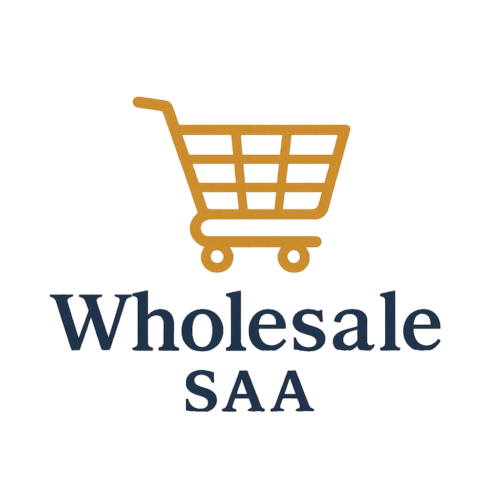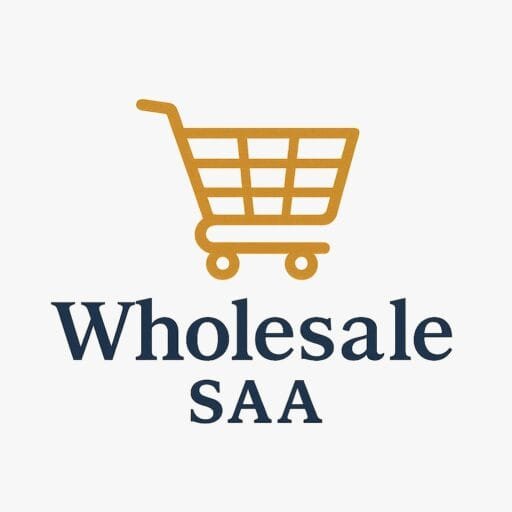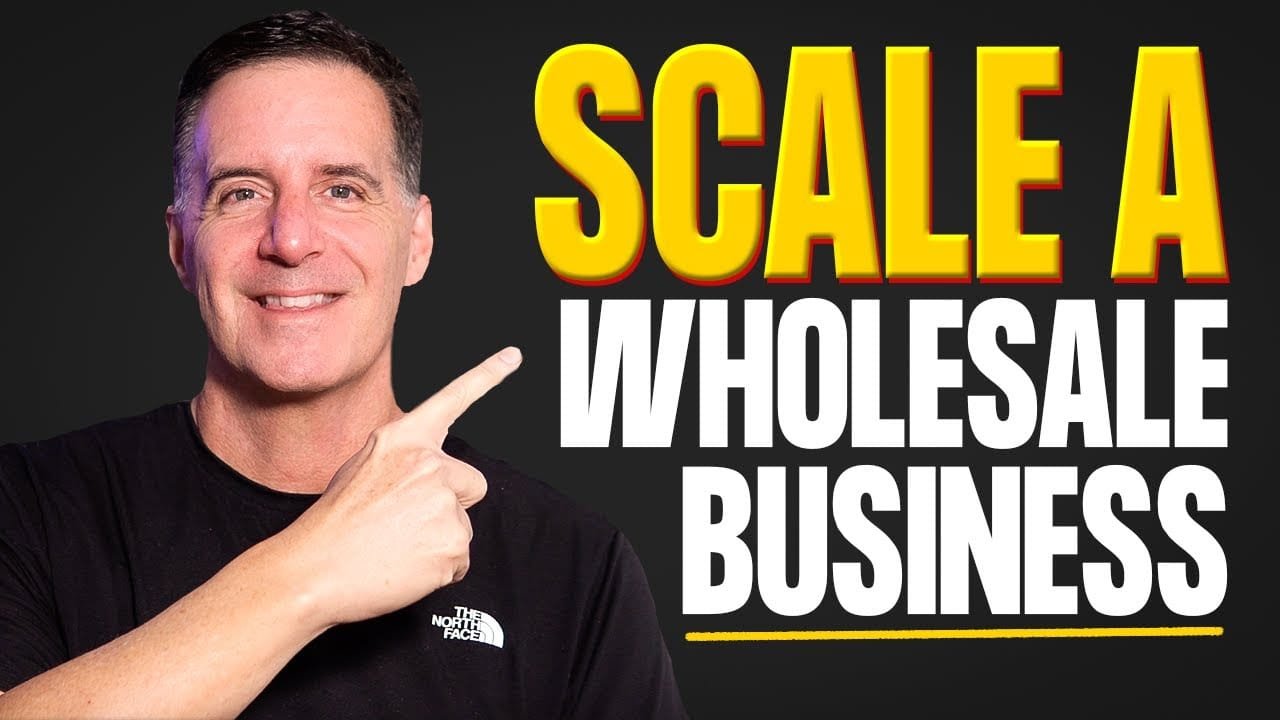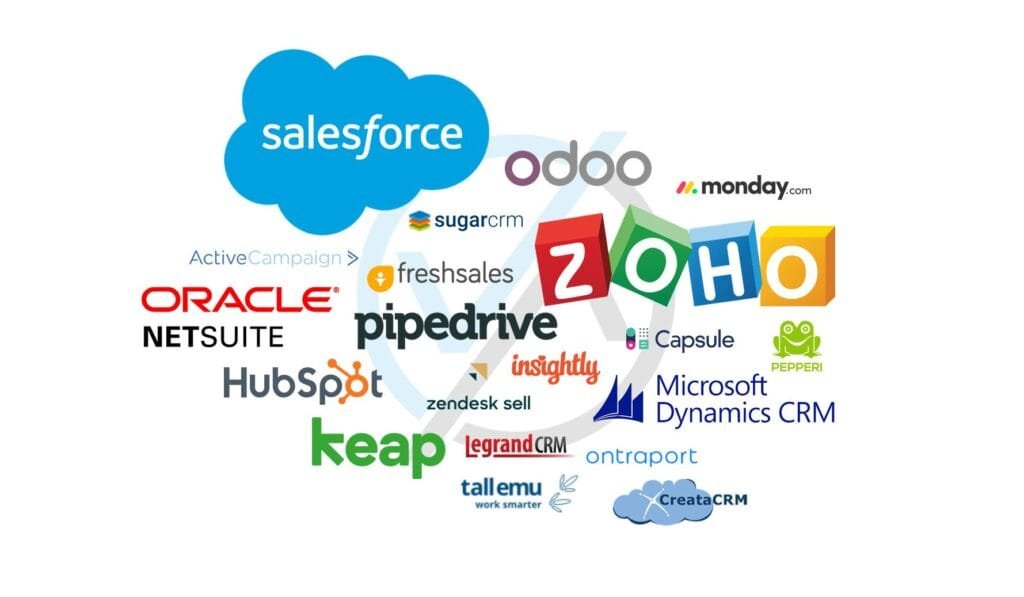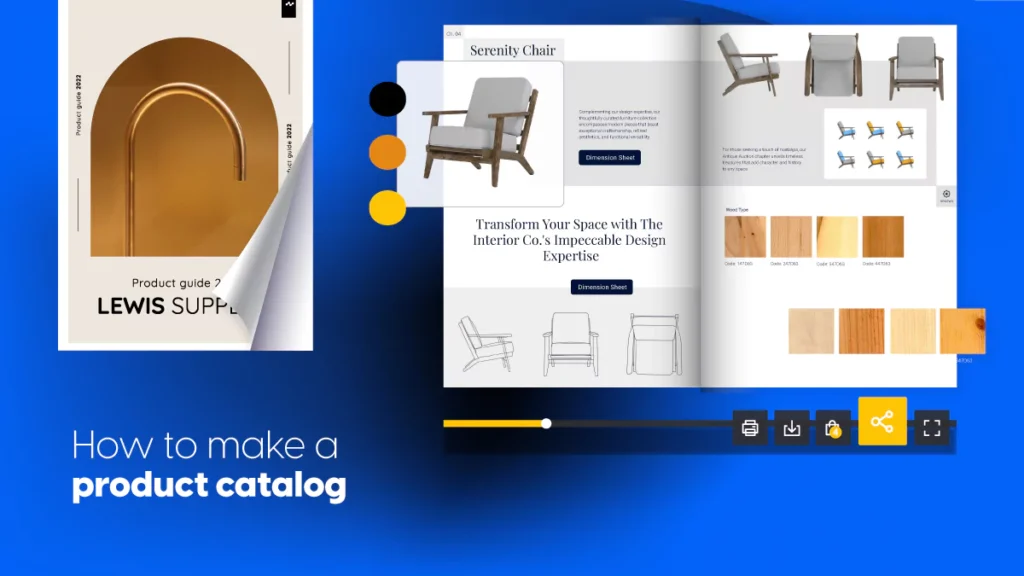Wholesale trade acts as a link between manufacturers and retailers or B2B buyers. It is the backbone of global commerce. Yet, while starting a wholesale business may be relatively straightforward, scaling it sustainably and ensuring profit is an entirely different challenge.
Scaling a wholesale trade business requires more than increasing inventory or widening your catalog; your customers’ expectations collide with global competition and digital transformation.
To succeed, your business must adopt a forward-thinking strategy. Here are the top strategies that modern wholesale businesses use to scale up operations and enhance profitability.
1. Streamline Operations Through Technology
Technology is your BFF and key strategist. It is the most critical enabler of scale in the 21st century. If your operations are still reliant on spreadsheets and email chains, growth will eventually stall.
Implement an ERP System:
An Enterprise Resource Planning (ERP) system integrates various business processes, such as inventory, accounting, order management, customer relationship management (CRM), and supply chain, into a single platform. This visibility is essential when scaling.
Popular ERPs for wholesale businesses include:
NetSuite
SAP Business One
Odoo
Microsoft Dynamics 365
Adopt Inventory and Order Management Tools:
Scalable order processing and inventory control prevent stockouts, overstocking, and manual fulfillment errors. With inventory software like Cin7, TradeGecko (now QuickBooks Commerce), or Brightpearl, you can seamlessly automate reordering and accurately forecast demand.
Benefits include:
Real-time inventory visibility
Automated low-stock alerts
Sync with online sales channels
Use CRM to Personalize B2B Relationships:
Your buyers expect Amazon-like ease and personalization, even in B2B. CRM systems like HubSpot or Zoho CRM help to segment customers, manage leads, and personalize offers, which are all very crucial for repeat orders.
2. Build a Robust and Agile Supply Chain
The COVID-19 pandemic was a wake-up call for supply chain fragility. To scale, your business must develop a supply chain that is diverse, responsive, and cost-efficient.
Diversify Suppliers:
Relying on a single supplier, especially overseas, can be very risky. Diversify by region and make sure you source to mitigate risks like delays, currency fluctuations, or political instability.
Tactics:
Vet backup suppliers early
Explore local or regional sourcing to cut delivery times
Maintain supplier scorecards to track performance
Automate Procurement:
Tools like Coupa, Procurify, or Precoro allow for automated purchase order generation, budget tracking, and vendor management. These are highly essential for scaling up without growing your procurement team.
3. Digitize the Wholesale Buying Experience
Wholesale buyers now expect an intuitive, seamless, self-service buying experience similar to what they receive as consumers.
Launch a Wholesale E-Commerce Platform:
Unlike traditional catalog orders or phone/email sales, an online platform allows clients to:
Place bulk orders at any time
View real-time inventory and prices
Access past orders and invoices
Use saved lists for quick reordering
Platforms like Shopify Plus, BigCommerce B2B, and Magento Commerce offer wholesale features, including:
Tiered pricing
Gated login access
Net terms checkout options
Sell on B2B Marketplaces:
Expanding into digital marketplaces increases visibility and reduces your reliance on in-house lead generation.
Popular B2B marketplaces include:
Alibaba
Faire
Abound
Tundra
These platforms often provide built-in logistics and financing support to make onboarding easier.
4. Optimize Pricing and Margins
Margins can shrink easily as you scale due to rising logistics, warehousing, or staffing costs. An effective pricing strategy helps you maintain profitability.
Use Dynamic Pricing:
Instead of having a fixed price list, introduce dynamic pricing models that factor in:
Order volume
Customer loyalty
Seasonal trends
Inventory levels
By modifying prices based on real-time data, you can maximize profits while offering discounts strategically.
Audit Your Costs Regularly:
Negotiate better terms with high-volume suppliers
Consider freight consolidation to reduce per-unit shipping costs
Optimize packaging to reduce dimensional weight charges
5. Expand Your Sales Channels Intelligently
Do not rely solely on one or two sales channels. Scaling means expanding without losing control.
Grow Your Sales Team Strategically:
While automation is powerful, human relationships still matter, especially in high-ticket B2B sales. Train your sales reps to become consultative advisors, not just order-takers.
Provide your team with:
Clear territory management tools
CRM-enabled customer history
Product training and solution selling techniques
Invest in Content Marketing and Thought Leadership:
Digital content can nurture leads passively as you build authority.
High-performing content types:
Reports on industry trends
Case studies showing ROI
Buyer’s guides
White papers
Distribute through email newsletters, LinkedIn, YouTube, and relevant trade journals.
6. Develop Stronger B2B Customer Relationships
Retaining your customers is often cheaper and more profitable than acquiring new customers. In wholesale, long-term contracts and recurring orders are the gold standard.
Offer Personalized Services
Use CRM data to provide:
Custom pricing tiers
Tailored recommendations
Exclusive early access to products
Introduce Loyalty Programs:
Reward high-volume clients with:
Discounts
Free shipping
Early access to new inventory
Dedicated account managers
Provide Flexible Financing:
B2B financing platforms like Resolve or BlueVine allow you to offer net-30, net-60, or net-90 terms without hurting your cash flow. Buyers appreciate flexibility, and it’ll help you reduce purchase friction.
7. Expand Into New Markets and Verticals
Scaling often means reaching beyond your current market, either geographically or by expanding your product.
Geographic Expansion:
Use market research tools or CRM data to identify growing regions. When entering new markets:
Understand local regulations and taxes
Consider using 3PLs for warehousing and delivery
Tailor your marketing materials to the locale
Product Line Expansion:
Listen to your existing clients. What related products do they also source elsewhere?
Example: A wholesaler selling organic snacks might branch into eco-friendly packaging or sustainable drinks.
New products can be tested through:
Limited releases
Subscription boxes
Bundled upsells
8. Strengthen Infrastructure and Team Culture
Without the right internal foundation, fast scaling can overwhelm your operations. Therefore, you must:
Hire the Right Talent Early:
Instead of just filling roles reactively, plan your talent acquisition around strategic goals. This may include:
Logistics managers
Customer success managers
Digital marketers
Data analysts
Use a clear organizational chart and hire for scalability, not just for immediate gaps.
Build an Innovative Team:
Encourage experimentation by:
Hosting regular team brainstorms
Empowering staff to lead projects
Recognizing innovative ideas publicly
Scaling is not just about doing more; it’s about doing things differently.
9. Focus on Data-Driven Decision Making
Gut instinct can only take you so far, but data is very essential when making key decisions to scale effectively.
Define Key Performance Indicators (KPIs):
Track metrics across all business functions. Examples include:
Sales:
Average order value (AOV)
Customer lifetime value (CLV)
Revenue by product or region
Operations:
Inventory turnover ratio
Order fulfillment speed
Backorder rates
Marketing:
Lead conversion rate
Cost per lead
Website bounce rate
Invest in Business Intelligence Tools:
Tools like Tableau, Power BI, or Looker allow you to visualize data in real-time. Dashboards provide actionable insights for your leadership team.
10. Plan for Sustainable and Responsible Growth
Growth without long-term vision often leads to burnout, bottlenecks, or poor customer satisfaction.
Maintain Financial Discipline:
Scaling should not equate to reckless spending. Monitor closely your:
Burn rate
Credit terms
Working capital cycles
Keep your reserves or credit lines in place for seasonal spikes or emergencies.
Adopt Eco-Friendly and Ethical Practices:
B2B buyers really value sustainability and social responsibility.
Steps to take:
Source responsibly
Reduce packaging waste
Highlight ethical sourcing in marketing
Being purpose-driven can enhance brand equity and also attract loyal customers.
Growing a wholesale trade business isn’t just about doing more but about doing better, smarter, and more strategically than others in your industry. The difference between a stagnant business and a thriving one lies in:
Smart technology adoption
Supply chain agility
Customer-first practices
Data-informed growth
Sustainable expansion
Whether you’re a seasoned wholesaler or just beginning to scale up, these strategies provide a proven roadmap to help you scale efficiently, without sacrificing your margins, reputation, or peace of mind.
Audit your current operations and know where you are lagging
Set 3–5 key growth objectives for the next quarter
Implement at least two new tools or systems from this list
Engage with your top customers to learn how you can serve them better
And with the right strategy, tools, and mindset, your wholesale trade business can thrive well into the future.
